Sumo: Japan's National Sport
Sumo wrestling, where ancient rituals meet modern athleticism, shaping Japan's national identity.
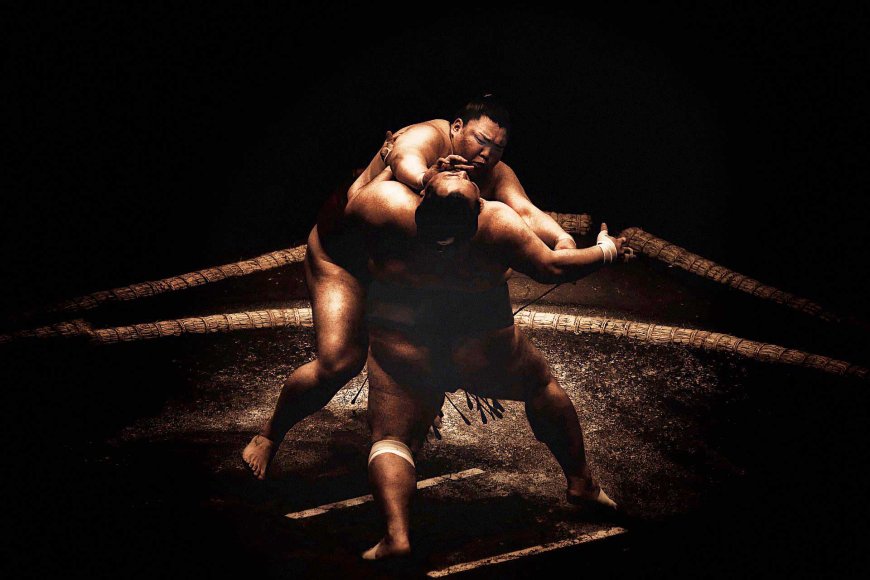
A Glimpse into the World of Sumo
There is a sport in Japan that embodies tradition, discipline, and cultural significance like no other: sumo wrestling. Dating back centuries, sumo has evolved from a ritualistic Shinto practice to a highly revered national sport. In this article, we delve into the history, rituals, training, and modern-day significance of sumo wrestling, exploring what makes it not only a sport but also a captivating cultural phenomenon.
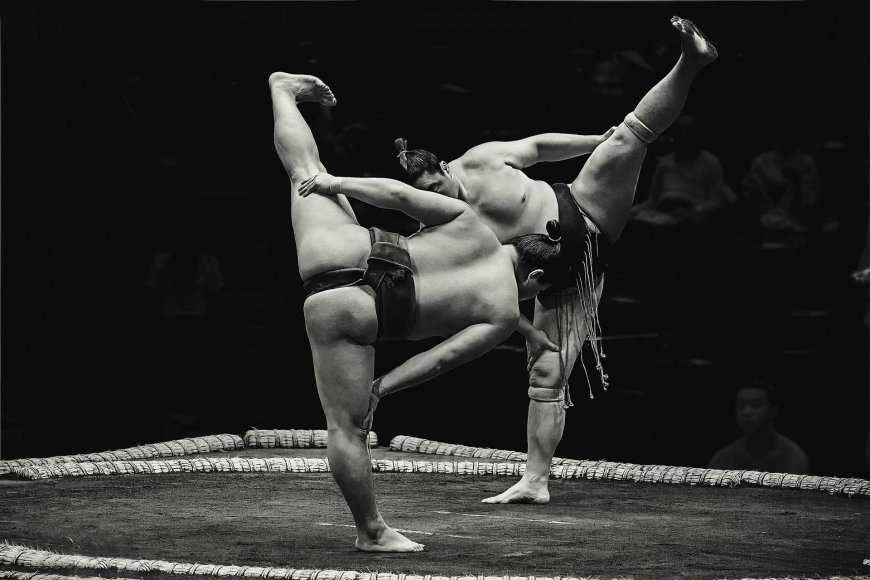
From Sacred Rituals to Grand Spectacle
Sumo's origins can be traced back to ancient Japan, where it was performed as a Shinto ritual to entertain the gods and ensure a bountiful harvest. Over time, it transitioned into a form of entertainment for the imperial court and eventually gained popularity among the common people during the Edo period (1603-1868). During this time, sumo wrestlers, or "rikishi," began to organize into professional stables, laying the groundwork for the structured sumo associations we see today.
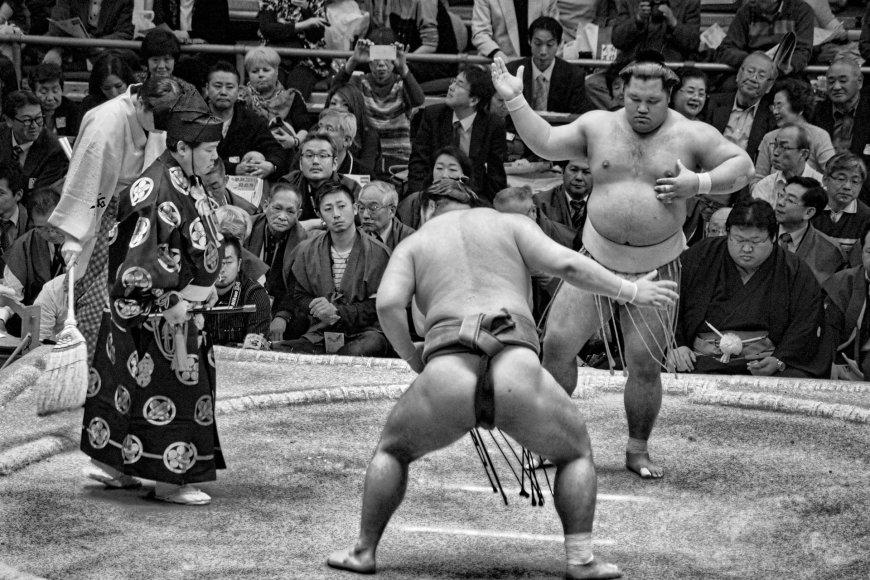
Tradition and Spirituality
There are rituals and traditions observed in sumo, each deeply ingrained in the sport's cultural significance. Before each match, wrestlers perform elaborate rituals, including the purification ceremony, where they rinse their mouths with water to purify their bodies and minds. The ring, or "dohyo," is considered sacred ground, and wrestlers must enter it with respect and humility. Matches themselves are brief but intense, often lasting mere seconds as wrestlers aim to force their opponents out of the ring or make them touch the ground with any body part other than their feet.
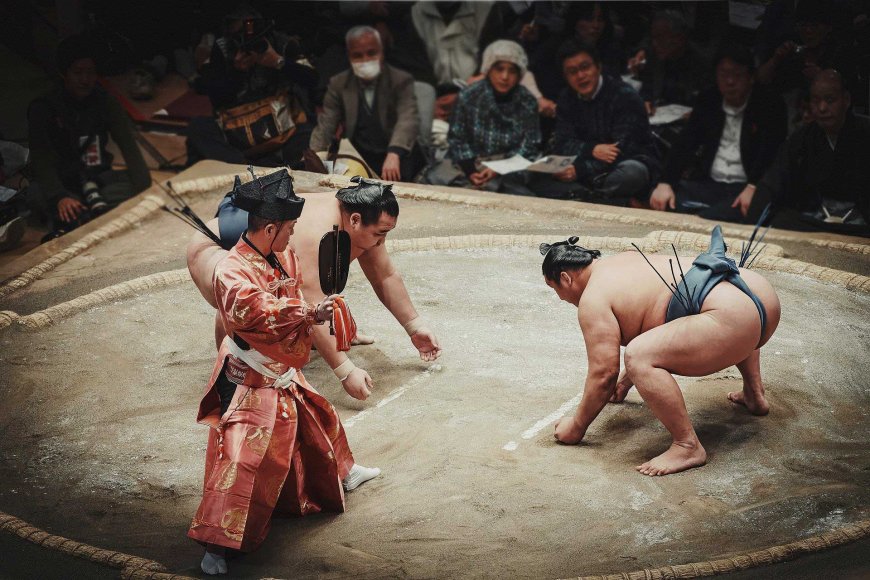
Scattering of Salt
In the tradition of sumo wrestling, the act of tossing salt into the sumo ring before a bout holds profound significance. This ritual is a solemn purification ceremony deeply rooted in Shinto beliefs. As the wrestlers scatter salt, they engage in a symbolic cleansing, purifying the ring of any impurities and invoking spiritual protection. Beyond its ritualistic aspect, the scattering of salt also serves as a prayer, beseeching the gods to safeguard the wrestlers from harm during the intense and physically demanding match ahead. In this way, the ritual of tossing salt into the sumo ring encompasses both a physical purification and a spiritual invocation, embodying the reverence and respect inherent in sumo wrestling's rich cultural heritage.
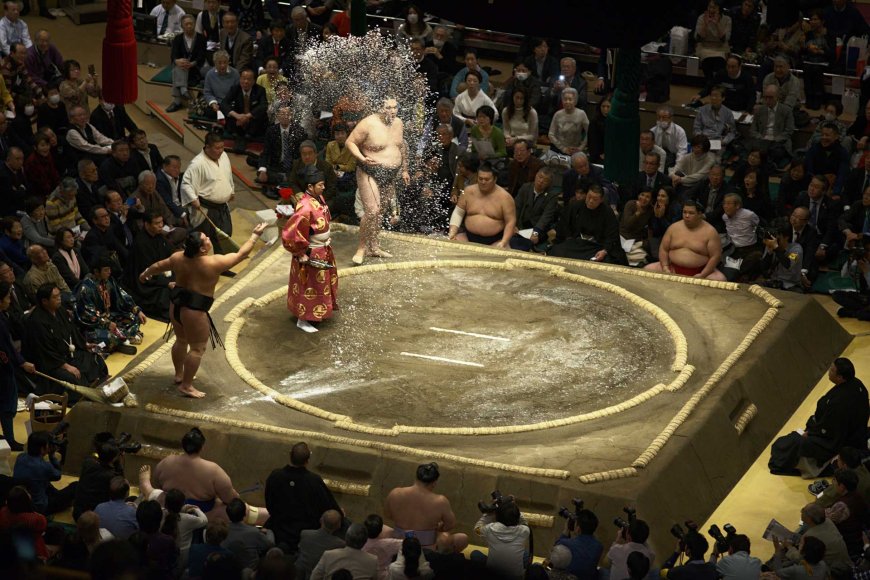 Credit: Jeena Paradies
Credit: Jeena Paradies
Training and Dedication
Becoming a sumo wrestler is not merely a career choice but a way of life. From a young age, aspiring rikishi join sumo stables, where they undergo rigorous training regimens focused on building strength, agility, and technique. Training sessions, known as "keiko," are grueling affairs that often begin before dawn and involve hours of practice in the ring, weightlifting, and endurance exercises. Sumo wrestlers adhere to strict diets and lifestyles, with a focus on gaining weight to increase their mass and strength, a crucial aspect of their success in the ring.
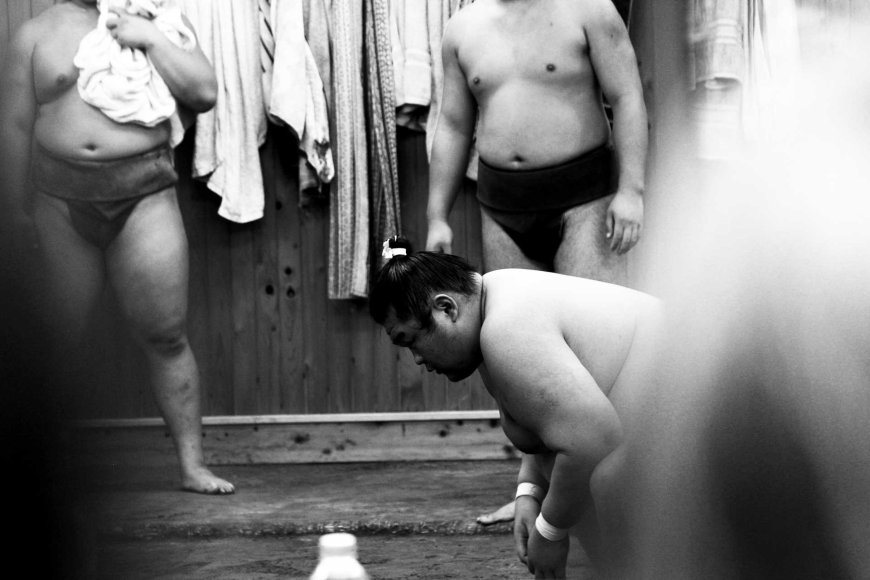
Sumo Tournaments and Championships
Sumo tournaments, or "basho," are held six times a year in Japan, each lasting 15 days. These tournaments attract thousands of spectators from around the world who gather to witness the spectacle of sumo wrestling. The most prestigious tournaments take place in Tokyo at the Ryogoku Kokugikan, sumo's hallowed arena, where the sport's top wrestlers compete for glory and honor. The atmosphere inside the Kokugikan is electric, with fans cheering on their favorite wrestlers and immersing themselves in the traditions of the sport.
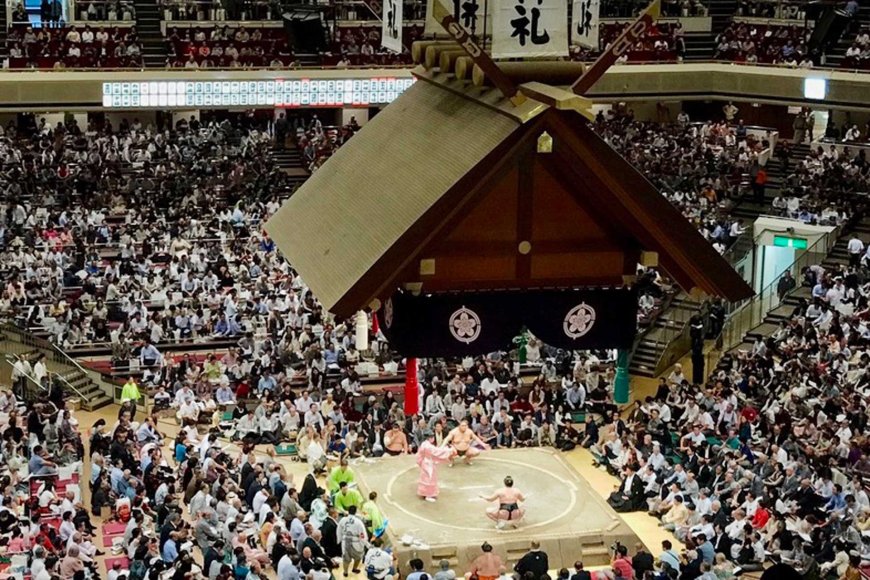
Modern Challenges and Global Recognition
While sumo remains deeply ingrained in Japanese culture, it has also faced modern challenges, including declining domestic interest and an aging fan base. To combat this, sumo associations have actively sought to promote the sport internationally, hosting exhibitions and tournaments in countries around the world. Additionally, the rise of social media and digital streaming platforms has made sumo more accessible to global audiences, helping to cultivate a new generation of fans outside of Japan.
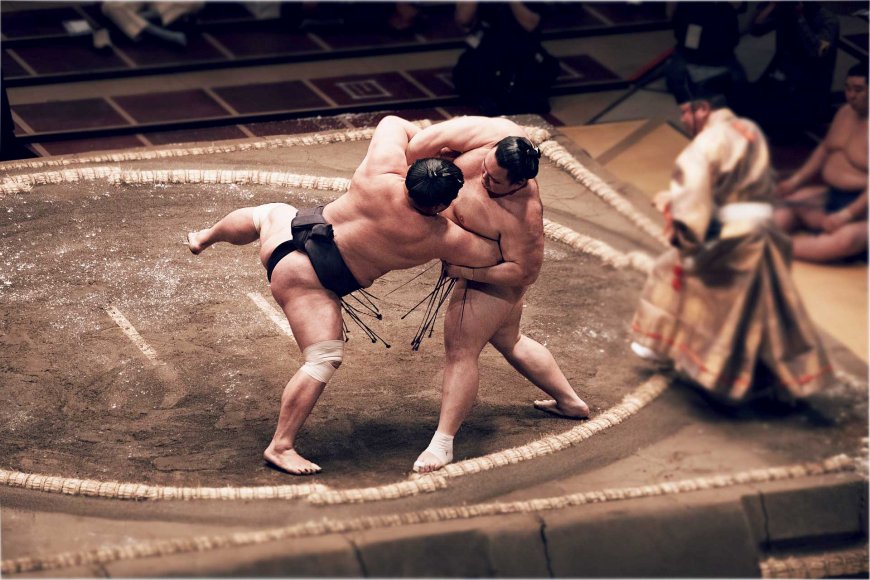
Preserving Tradition in a Changing World
Sumo wrestling stands as a testament to Japan's rich cultural heritage and enduring traditions. Rooted in centuries-old rituals and practices, it continues to captivate audiences with its blend of athleticism, ceremony, and spectacle. As the sport navigates the challenges of the modern world, it remains a symbol of national pride and a cherished cultural treasure, preserving its essence for generations to come. Whether watched from the stands of the Ryogoku Kokugikan or on screens halfway around the world, the spirit of sumo endures as a powerful reminder of Japan's unique place in the global sporting landscape.
Find Cheap Flight Tickets to any Destinations in Japan and the Philippines
Nipino.com is committed to providing you with accurate and genuine content. Let us know your opinion by clicking HERE.





































































